Megafauna is the term used to designate the group of large animals that lived during the geological period called Pleistocene. The Pleistocene was the geological epoch that began approximately 2.5 million years ago and ended approximately 11,000 years ago. It is extremely recent compared to the age of the Earth.
Scientifically, animals from 44 kg are already considered part of this group. However, the weight of some species from this period was greater than 3 tons.
see more
Biology teacher fired after class on XX and XY chromosomes;…
Cannabidiol found in common plant in Brazil brings new perspective…
These animals were present on all continents, including South America. It is estimated that they began to disappear approximately 50,000 years ago, first in Australia. The last species disappeared around 10,000 years ago in South America, during the so-called late Quaternary period.
Megafauna in Brazil
In some places, like Patagonia, recent studies indicate that humans had contact with these animals, including for a considerable time. However, in relation to Brazil, there are no studies that confirm that the inhabitants lived at the same time as these species.
What is known is that South America as a whole was a privileged location in relation to the number of megafauna species, there are records of approximately 37. In Brazil, specifically, there are records of these animals in much of the territory. Check out some of the most notorious species that lived here below.
Xenorinotério – Xenorhinotherium bahiensis
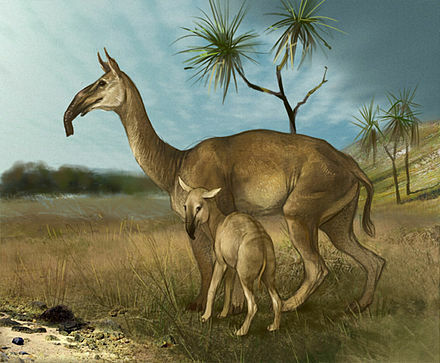
This is one of the megafauna species that is not closely related to any of the species we know today. They lived around 4,000 years ago in the regions where the states of Minas Gerais and Bahia are located today. The quadrupedal mammal was about 2.5 meters long and 2.5 meters high, in addition to weighing about 800 kg.
Toxodon – Toxodon platensis
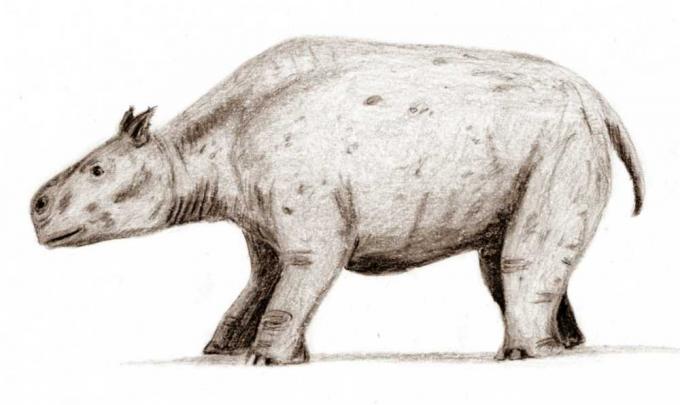
Toxodonts lived in Brazil in several Latin American countries. They look like the rhinos we know today. They weighed around 1,300 kg, were 3.5 meters long, including the tail. It was a herbivorous animal.
Saber-toothed Tigers – Smilodon populator
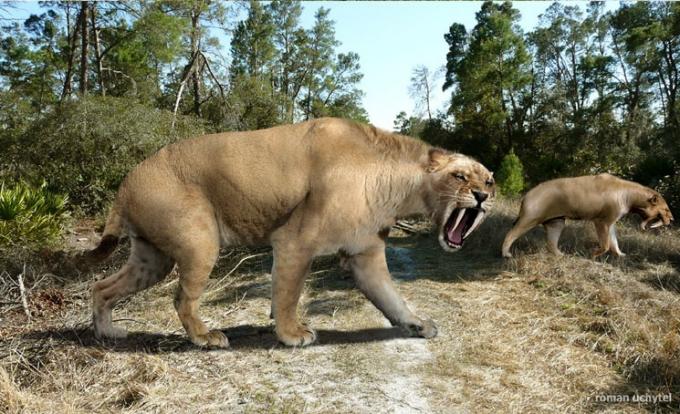
According to the latest fossils found, it is estimated that these animals lived throughout the Brazilian territory around 4,000 years ago. They averaged 2.5 meters in length, 1.5 meters in height and could weigh up to 350 kg.
Mastodon – Stegomastodon waringi
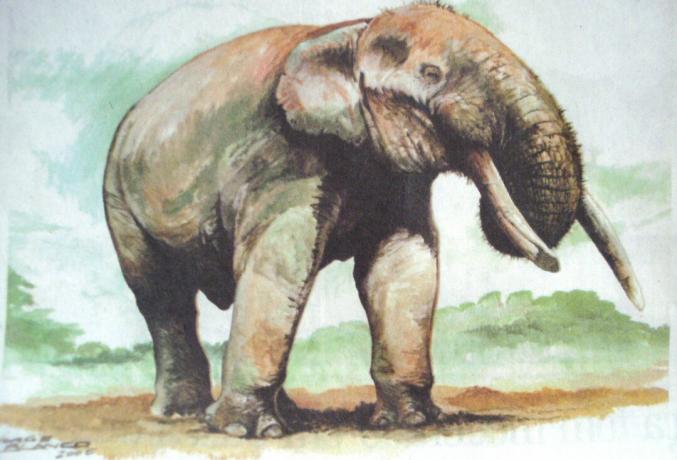
These animals are related to mammoths, which have also become extinct, and to African elephants. It is estimated that they lived 10,000 years ago in the central region of Brazil, from Bahia to Paraná. They were 5 meters long, 2.5 meters high and could weigh up to 3,500 kg.
Giant sloth – Eremotherium laurillardi
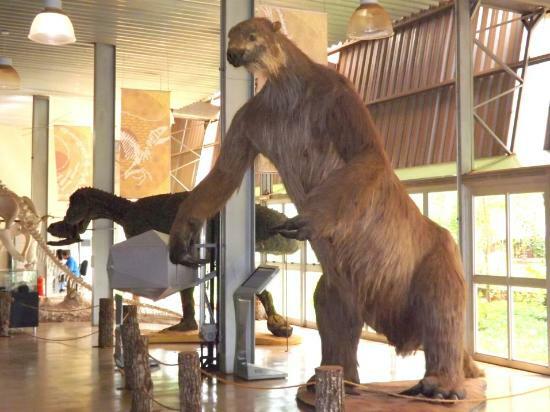
The most recent estimate is that they lived approximately 9,500 years ago. Despite being present throughout Brazil, the largest amount of fossils was found in the region comprising the current state of Bahia. Among the animals we know today, it is related to armadillos, anteaters and arboreal sloths. According to the fossils, the giant sloth was on average 6 meters long and 4 meters high. The approximate weight is 4 thousand kg.
Glyptodon – Glyptodon clavipes
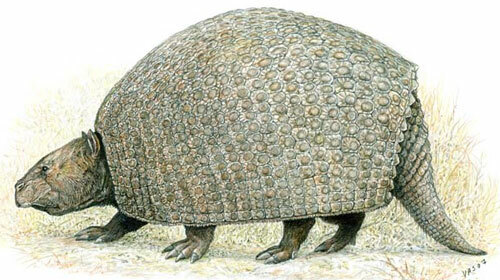
The image of the Glyptodon is very reminiscent of a giant armadillo. They could weigh up to 800 kg and were 2 meters long, including the tail, and 1.5 meters high. According to the most recent studies, they lived on average five thousand years ago. Researchers realize that they lived from the state of Sergipe to Patagonia Argentina. Among current species, it is related to armadillos and anteaters.
Extinction of the Brazilian megafauna
The reason that caused the extinction of the Brazilian megafauna is the subject of much controversy and still does not have a definitive answer. Some scientists argue that they disappear due to extreme and abrupt climate changes. Others claim that those responsible for the disappearance of these species were human beings.
However, recent studies realize that they survive some time after the appearance of the first humans. What is known is that the disappearance of animals took place in an accelerated process, some disappeared within decades. Although it was a global extinction, it did not happen on all continents at the same time.
One of the most accepted hypotheses is related to climate changes that affected the final phase of the Pleistocene. According to scholars in the area, this change made the climate more humid and warmer, which which was completely different from what these animals were used to, which was a dry climate and cold.
However, some indications point out that the two hypotheses may have happened at the same time, which also explains the speed of extinction.
